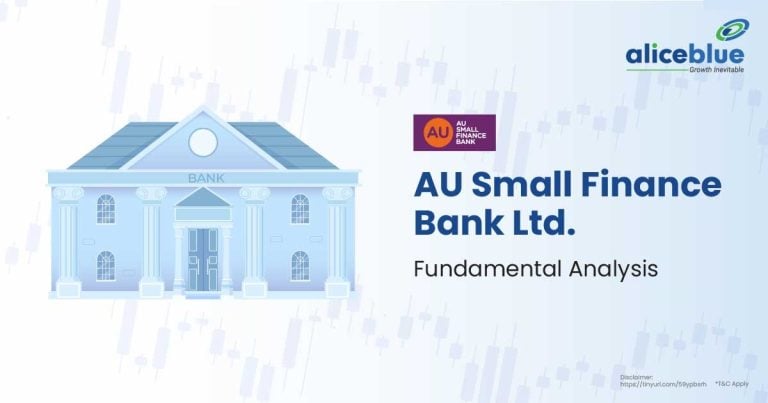
A proposed dividend is a portion of a company’s profits that the Board of Directors recommends distributing to shareholders. This proposal requires approval from shareholders at the annual meeting, where they can influence or adjust the suggested dividend amount.
To calculate a proposed dividend, assess net earnings and subtract any retained earnings designated for reinvestment. Then, determine the dividend payout ratio, the percentage of earnings intended to be distributed as dividends. It can be calculated using: Dividend Payout Ratio = (Dividends / Earnings) * 100.
Now, multiply the earnings after retained earnings by the dividend payout ratio to arrive at the proposed dividend amount:
Proposed Dividend = (Earnings – Retained Earnings) * (Dividend Payout Ratio / 100)

The key difference between a proposed dividend and an interim dividend is that proposed dividends are a preliminary decision made at the end of the financial year and require shareholder approval, while interim dividends are declared and paid at any point during the year by the board of directors without requiring shareholder consent.
Additional differences are as follows:
| Aspects | Proposed Dividend | Interim Dividend |
| Purpose | Intention to distribute profits as dividends, subject to shareholder consent | Provides shareholders with an early distribution of profits |
| Frequency | Annually, as part of the regular dividend distribution process | Occurs periodically throughout the financial year |
| Flexibility | Less flexible, as it’s an annual planning process | More flexible, addressing the need for periodic payouts |
| Formality | Involves a formal shareholder vote | Decided by the board of directors without shareholder voting |
The main benefit of proposed dividends is that they provide a clear plan for how a company intends to distribute its profits to shareholders. This plan helps in effective financial management and gives shareholders transparency about future income expectations.
Some other benefits of proposed dividends include:

In the Cash Flow Statement, the previous year’s proposed dividend is added to net profit and then subtracted in the financing section. The current year’s proposed dividend isn’t considered as it’s a future obligation.
To understand the topic and get more information, please read the related stock market articles below.
A proposed dividend is declared for the next financial year and requires the shareholder’s approval. The proposal is made at the end of the financial year at an annual board meeting.
The main difference between a proposed dividend and dividend payable is that the proposed dividend is a pre-intended suggestion by the company’s board at the Annual General Meeting. In contrast, the dividend payable is the final dividend the shareholders decide, typically based on a one-vote-per-share basis.
To calculate proposed dividends:
The journal entry for the proposed dividend typically involves debiting Retained Earnings to reduce them and crediting Dividend Payable to reflect the amount owed to shareholders. Additionally, the money is paid to shareholders on the payment date and not when the decision is declared.
The proposed dividend is a liability shown on the company’s balance sheet.
In India, when a company proposes to pay a dividend to shareholders, it must pay the proposed dividend at the tax rate of 15%.
We hope that you are clear about the topic. But there is more to learn and explore when it comes to the stock market, commodity and hence we bring you the important topics and areas that you should know:

Vinayak is a passionate financial markets enthusiast with 4+ years of experience. He has curated over 100 articles simplifying complex financial concepts. He has a unique ability to break down financial jargon into digestible chunks. Vinayak aims to empower newbies with relatable, easy-to-understand content. His ultimate goal is to provide content that resonates with their needs and aspirations.
All Topics Related Posts
The table below shows the best ship building stocks in India based on the highest market capitalization. Name Market Cap (Cr) Close Price Mazagon Dock
September 3, 2024
The table below shows the best three wheeler stocks in India based on the highest market capitalization. Name Market Cap (Cr) Close Price Mahindra and
September 2, 2024
AU Small Finance Bank Ltd’s fundamental analysis highlights key financial metrics including market capitalization of ₹46,974.68 crore, PE ratio of 30.61, and return on equity
September 2, 2024 Must Read Articles Latest Articles Bank Details How to Videos© 2023, Alice Blue Financial Services (P) Ltd, All rights reserved.
Connect with us
Apps & Products Tools & Calculators Important Links"Prevent unauthorized transactions in your account update your mobile number/ email Id with your Stock Broker. Receive information of your transactions directly from Exchange on your mobile / email id at the end of the day."
Stock Brokers can accept securities as margin from clients only by way of pledge in the depository system w.e.f. September 1, 2020. Update your mobile number & email Id with your stock broker/depository participant and receive OTP directly from the depository on your email id and/or mobile number to create a pledge. Pay 20% upfront margin of the transaction early to trade in the cash market segment. Investors may please refer to the Exchange’s Frequently Asked Questions (FAQs) issued vide circular reference NSE/INSP/45191 dated July 31, 2020, and NSE/INSP/45534 dated August 31, 2020, and other guidelines issued from time to time in this regard. Check your Securities /MF/ Bonds in the consolidated account statement issued by NSDL/CDSL every month.
Corporate Office: No. 153/2, 3rd Floor, M.R.B.Arcade, Bagalur Main Road, Dwaraka Nagar, Yelahanka, Bengaluru – 560 063, Karnataka.
Registered Office: Old No.56/2 ,New No.58, LIC Nagar, Vinayagar Kovil Street, Erode -8,Tamil Nadu– 638002.
Alice Blue Financial Services (P) Ltd : NSE EQ | NSE FO | NSE CDS-90112 SEBI REG : INZ000156038
Alice Blue Financial Services (P) Ltd : BSE EQ | BSE FO | BSE CD-6670 SEBI REG : INZ000156038
Alice Blue Financial Services (P) Ltd : CDSL DP ID 12085300 DP SEBI REG : IN-DP-364-2018
Alice Blue Financial Services (P) Ltd : MCX-56710 SEBI REG : INZ000156038
We hereby declare that we are doing PRO trading
Procedure to file a complaint on SEBI SCORES : Register on SCORES portal and SEBI SCORES 2.0. Mandatory details for filing complaints on SCORES: Name, PAN, Address, Mobile Number, E-mail ID. Benefits: Effective Communication, Speedy redressal of the grievances
Click on the provided link to learn about the process for submitting a complaint on the ODR platform for resolving investor grievances.
Investment in securities markets are subject to market risks, read all the related documents carefully before investing. Brokerage will not exceed SEBI prescribed limit.
For queries regarding account opening or activation, email to [email protected] and for fund updates, email to [email protected]
Disclaimer : Prevent unauthorized transactions in your account. Update your mobile numbers/email IDs with your stock brokers. Receive information of your transactions directly from Exchange on your mobile/email at the end of the day. Issued in the interest of investors. All clients have to update their email id and mobile number with Member : Investor Grievance [email protected]
KYC is a one time exercise while dealing in securities markets – once KYC is done through a SEBI registered intermediary (broker, DP, Mutual Fund etc.), you need not undergo the same process again when you approach another intermediary.
No need to issue cheques by investors while subscribing to an IPO. Just write the bank account number and sign in the application form to authorise your bank to make payment in case of allotment. No worries for refund as the money remains in the investor’s account.
Investors are requested to note that Alice Blue Financial Services Private Limited is permitted to receive money from investor through designated bank accounts only named as Up streaming Client Nodal Bank Account (USCNBA). Alice Blue Financial Services Private Limited is also required to disclose these USCNB accounts to Stock Exchange. Hence, you are requested to use following USCNB accounts only for the purpose of dealings in your trading account with us. The details of these USCNB accounts are also displayed by Stock Exchanges on their website under “Know/ Locate your Stock Broker. Bank Details.